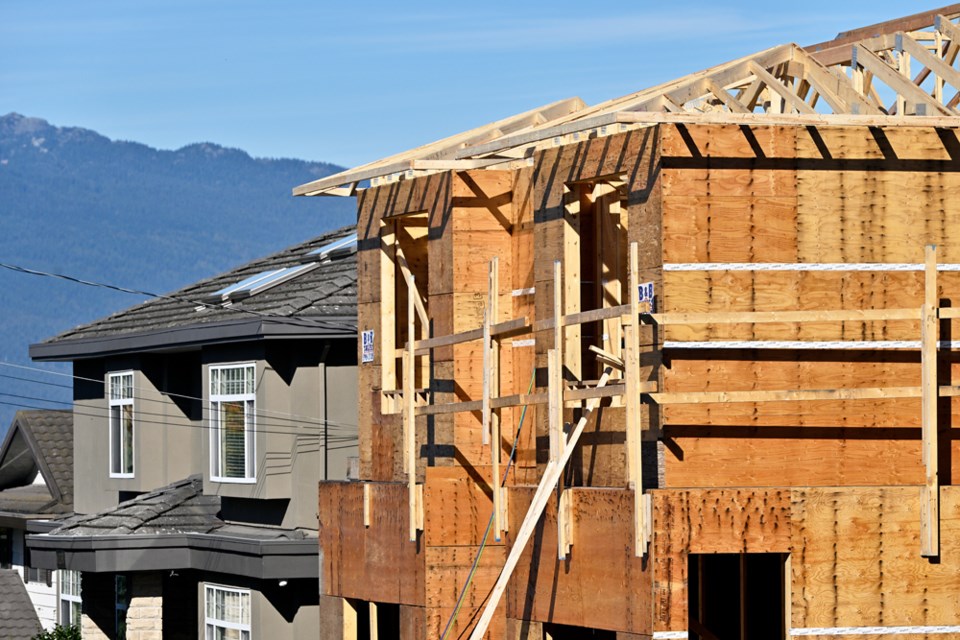September was a positive month for retailers both in B.C. and across Canada. Nationally, retail spending rose 0.4 per cent in September from August to a seasonally-adjusted $66.6 billion, marking the highest monthly sales this year. Year to date, unadjusted sales rose one per cent. Advanced estimates for October suggested sales jumped another up 0.7 per cent but this figure is likely to be revised.
Locally, retail spending in B.C. increased 0.6 per cent to a seasonally adjusted $8.95 billion in September, which is above this year’s monthly average of $8.92 billion. That said, with a year-over-year decline of 3.6 per cent, year-to-date spending fell by 0.6 per cent. Consumers are pulling back considering inflation remains positive and population growth continued to track three per cent.
Five out of the nine subsectors in B.C. recorded lower year-over-year declines in unadjusted September retail sales. Gasoline stations and fuel vendors reported a 12.8 per cent year-over-year decline in sales in September to $845 million. Food and beverage retailers also saw a monthly year-over-year decline of 4.9 per cent to $1.8 billion and motor vehicle and parts dealers saw a 3.9 per cent year-over-year decline to $2 billion. Higher year-over-year sales were seen at health and personal-care retailers, up 2.7 per cent to $709 million; and building material and garden equipment and supplies dealers, up 3.0 per cent to $481 million. Year to date, sales are down in six out of the nine subsectors.
In the Metro Vancouver area, seasonally adjusted retail sales were up 1.2 per cent for September 2024 compared to August 2024 to $4.5 billion. Year-over-year, monthly unadjusted retail sales were down 2.2 per cent while year to date sales were also up 0.8 per cent.
New home construction starts in B.C. were marginally lower in October. On a seasonally adjusted annualized basis, B.C saw 40,487 housing units started in October which was consistent with September’s 40,580 housing units. This figure falls slightly below this year’s monthly average of 42,666 units. Multi-family unit starts fell 0.9 per cent to 35,907 units while single family units were up 5.8 per cent to 4,580 units. This contrasted with a national increase of 6.1 per cent.
Among B.C.’s seven larger metro areas, three saw a higher rate of housing starts. Vancouver stands out with an increase in annualized housing starts, going from 23,444 to 30,412. Other regions such as Kelowna recorded its lowest monthly rate this year at 681 units and Chilliwack, which also hit a 2024 low with just 130 units. Victoria also saw housing starts decline to 3,477 from 4,272. Abbotsford saw the rate of housing starts drop down to 776 from its peak month of 3,190. Kamloops saw the rate of housing starts increase slightly to 830 from 778. And finally, Nanaimo saw 307 in October, well below this year’s average of 973.
Nevertheless, year-to-date housing starts in B.C. fell 10.6 per cent compared to the same period last year. The number of multi-family units is down 9.1 per cent, from 35,068 units to 31,870 units, while single-family units is down 21.8 per cent from 4,772 units to 3,731 units. Three out of the seven metro areas in B.C. are showing higher year to date housing starts as of October. Those are Abbotsford, Kelowna and Nanaimo.
Bryan Yu is chief economist at Central 1.





